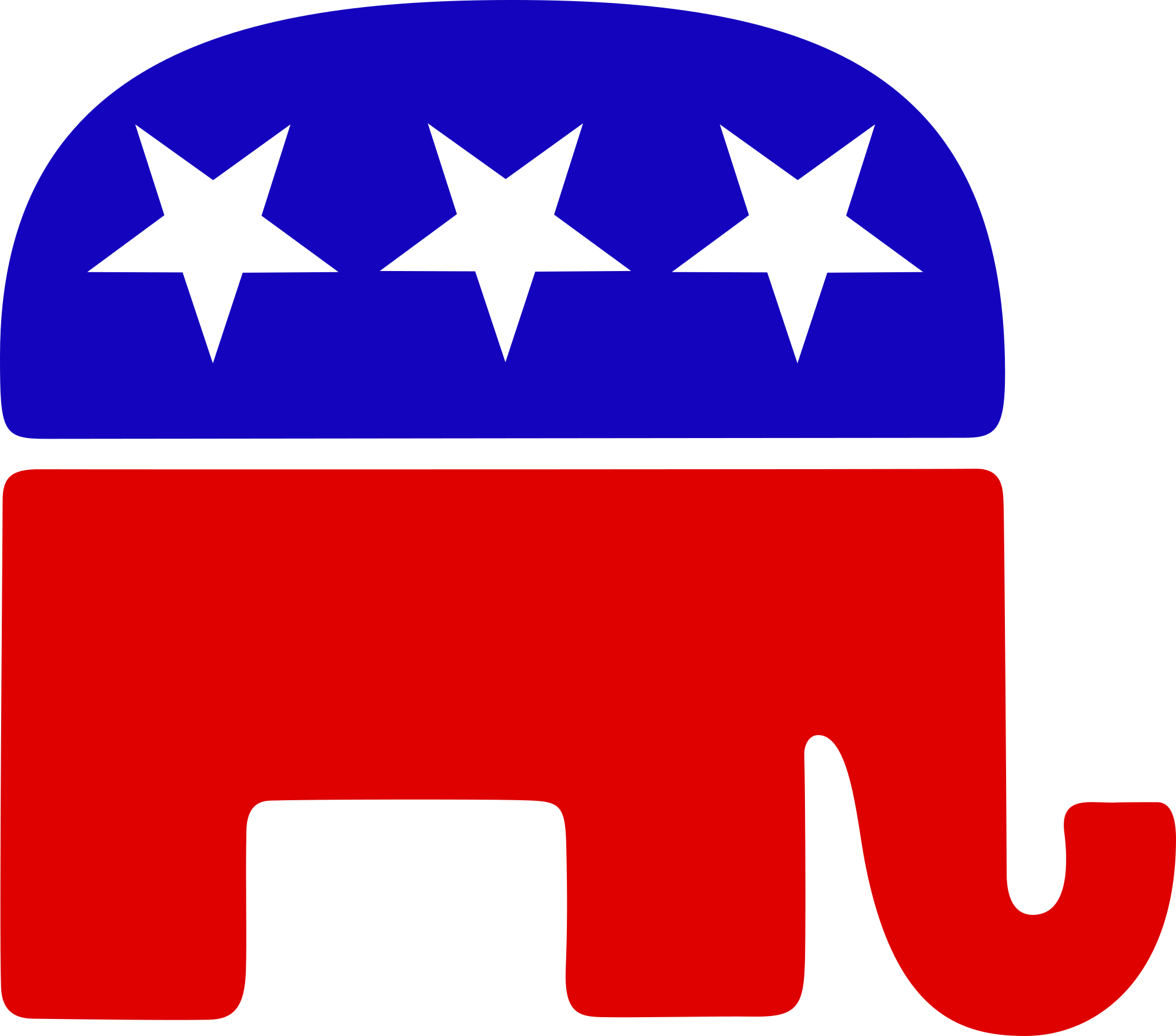Chris Kemp
Taxation Blog Post
5/23/16
The topic I chose to research was “Are Americans Overtaxed.” I have learned a lot about taxes during my
research ranging from the history of taxes to the different types of
taxation. This project has allowed me to
further my knowledge about a very important aspect of society and a part of
society I will soon have to deal with. I
began my presentation by giving the definition of the word taxes. The word taxes means, “a sum of money
demanded by a government for its support or for special facilities or services,
levied upon incomes, property, sales, etc.
I proceeded to ask a few questions in relation to taxes being burdensome
and if we didn’t have taxes, how would the federal government raise
revenue. My next slide covered the three
main types of taxes; the progressive tax, the regressive tax, and the flat
tax. The United States’ income tax is a progressive
tax. I proceeded to cover the numerous
pros and cons for the flat tax, which is a tax where everyone pays the same
amount, no matter your income level.
After covering the pros and cons of a flat tax, I covered the pros and
cons of taxes in general. One positives
of taxes is that they are the government’s main source of revenue and finance
things such as schools, police, highways, and an array of social programs. One con of taxes is that high taxes can lead
to a decrease in economic activity as well as a decrease in economic growth. I then dedicated a slide to the 16th
Amendment which made a huge impact in relation to taxation, considering it gave
Congress the ability to levy an income tax.
There are numerous types of taxes ranging from a federal income tax to a
payroll tax and even a value-added tax.
The different types of taxes were the main concern of my next
slide. I then dove into the history of
taxes ranging from the colonial era, to the Bush era and everything in-between. Before discussing the history of taxes in
great detail, I gave a quick recap of the Boston Tea Party and its implications
in relation to taxation without representation.
Tax rates are the amount by which a person or corporation can be taxed/how
much you owe to the federal government.
There are numerous ways to present a tax rate which are listed in my
presentation. Tax policy is the choice
of the government as to what taxes to levy, in what amounts and to whom. I proceeded to explain what microeconomics
and macroeconomics were in relation to tax policy. I then showed two data tables, one of tax
rates in 2013 and the other of tax rates in 1862 in order to show how rates
have changed over the years. After
further researching the topic of taxation I found a few observations from the
Tax Foundation and other sources that provided very interesting
information. For example, very low tax
rates on the wealthier demographic seem to be correlated with unsustainable
boosts in the economy that inevitably crash or bust. Republicans and Democrats have very different
views in relation to taxation.
Republicans favor lower taxes for big business in order to benefit the
wealthier demographic. On the other hand
Democrats favor tax cuts for the middle class as well as for smaller
businesses. I concluded my presentation
with a short video explaining taxes as well as a few final questions and a
sources slide. This project has greatly
expanded my knowledge in relation to taxation.
Sources:
´ kids.laws.com/16th-amendment










